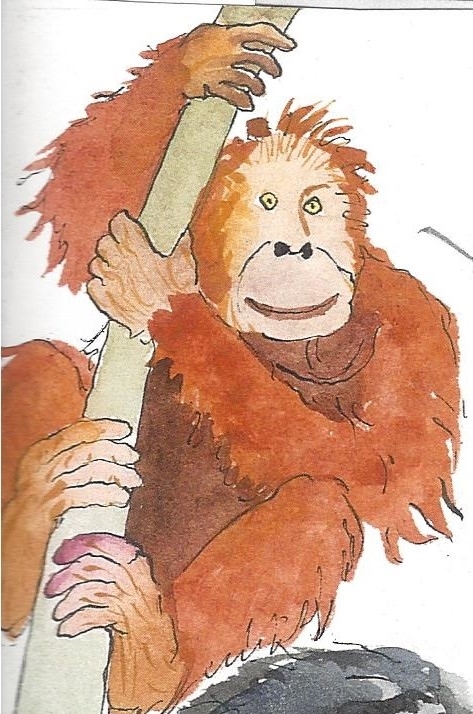Our ability to move is governed by non-conscious stimulus-response patterns called reflexes. Although some of the responses are learned, there is a vast amount of involuntary, automatic engagement of our bodies in our actions. As we do not willfully engage with these patterns it is somewhat difficult to get a sense that they are even present.
Interesting reflexes to discuss are the Hand and Foot Grasp. Stimuli along the palm or sole towards the fingers/toes trigger the grasp response. Stimuli towards the wrist/heel pulls the extremity into extension – opening it up. If you are hanging from a branch and your hand begins to slip, it is helpful for the grasp to tighten without thinking about it. If you are pressing into the ground with your hands and they slip forward having the fingers pull upward keeps them from getting dragged under the palm.
In the feet, if the foot slips forward the toes extend up so that they do not get pulled under the ball of the foot. If the foot slips backward, it is helpful for the toes to dig in, firming up the grip. These responses trigger much faster than conscious actions, often before we become aware they have done so.
Although these are non-conscious patterns, it is straightforward to “calibration validate” many of their responses and coach further developments when needed (it is common for these automaticities to not fully mature in modern settings). There is a significant body of knowledge on reflex responses, however, it is easy to observe our reflex responses in mammals with less neocortical overhead, like cats, which may offer a less confused/intractable introduction. Many of the posts on this blog indirectly address coaching reflex development as the functional aspect of our function/structure dynamics.
The video below demonstrates Hand Grasp. It is strongly recommended that you try this yourself with anything you can get a good grip on. It is a window into a level of our neurology we might otherwise remain oblivious to.

